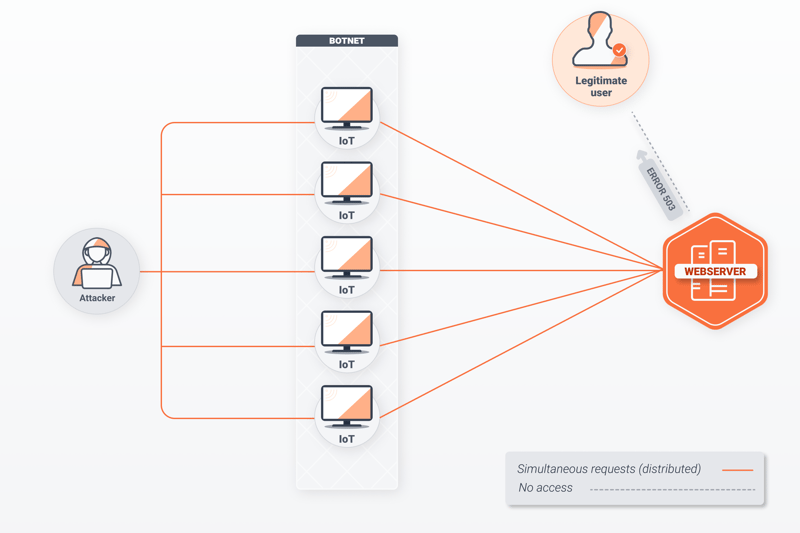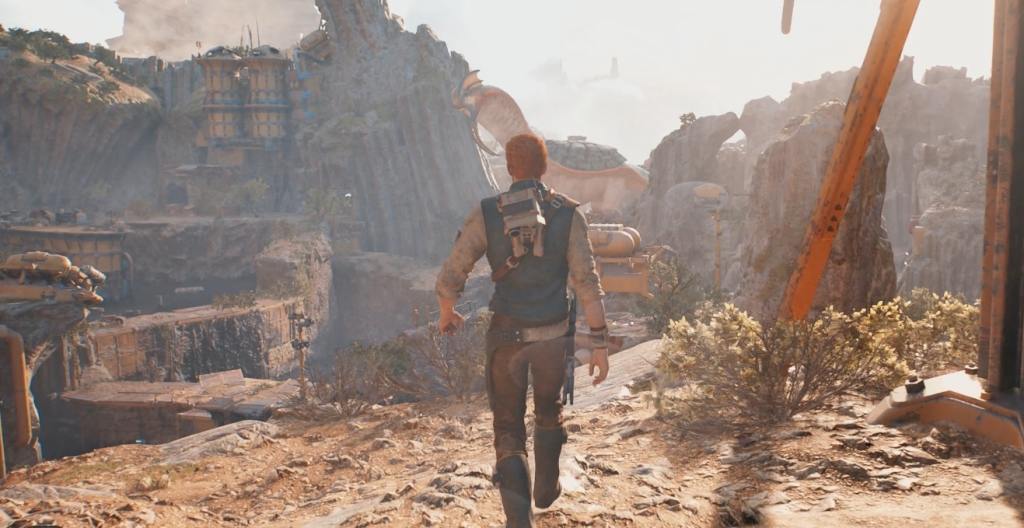Rust Module Vehicles: Locations, Customization, and Essential Tips
Discover Rust’s module vehicles – locations, modifications, driving tips. Navigate the world safely, equipped with essential knowledge. Farewell, fellow explorers!

Hey guys, today we’ll go through where to find semi-pre-built modular vehicles in the world of Rust, how to alter them, and what parts you’ll need to drive them.
Rust Module Vehicles: Location
Semi-Constructed Vehicles Semi-finished automobiles can be found all across the Rust, usually near roadways. These vehicles have been damaged and require vehicle components and fuel to function. In a vanilla server with the default map size of 4250, this is currently the only way to receive the vehicle chassis to build upon. Up to 60 cars can spawn, and if one is destroyed, it will respawn at random for players to find and obtain.
Module Installation and Removal A vehicle lift is required to install or remove modules from a vehicle’s chassis. The vehicle lift can be researched on the level 2 workbench and can accommodate up to two foundations. The elevator requires a steady 5-volt power supply to function. Once the lift is in position and energized, drive your car over it, exit, and enter the vehicle modification menu on the lift to begin the modification process. You can drag and drop new parts onto the vehicle’s chassis and repair old ones, but before attempting to remove a module, remember to move all internal parts. Once crafted, you can also build additional sets of keys for other players to hold on to, allowing them access to the vehicle.
Rust Module Vehicles: Types of Chassis
The rest of the vehicle is built on three different types of chassis: small, medium, and giant. These chassis are not buildable and can only be found around the world as pre-built modular cars. Each chassis size has a variable number of sockets, with the small chassis having two, the medium having three, and the large having four. These sockets limit the number of modules that can be added to the vehicle, with certain modules occupying one or two sockets.
Rust Module Categories
Players can create and attach numerous modules to their vehicles to improve their usefulness.
The following modules are available:
- Cockpit Modules
- Modules for Passengers
- Engine Components
- Modules for Flatbeds
Modules for Storage Items for Transport
Vehicle Cockpit Modules Each module can be investigated at the level 2 and level 3 workbench before being built and put into your vehicle’s chassis sockets. The cockpit vehicle module is available in three variations: the standard cockpit module, the cockpit with engine module, and the armored cockpit module. All cockpit modules can accommodate two seats.
• Default Cockpit Module: This is the basic cockpit module with no extra features.
• Cockpit with Engine Module: This is required if you want to drive the vehicle without an independent engine module. You can, however, utilize the default cockpit vehicle module without the engine if you opt to add an engine module separately.
Armored Cockpit Module: The armored cockpit module provides additional protection over the standard cockpit. For added safety, it contains functional metal windows that players can open and close. Multiple cockpits can be mounted on the chassis of a vehicle, allowing players to control the vehicle at the same time, and providing redundancy.
Modules for Passengers
Passenger modules, like cockpit modules, come in four varieties, each with its own set of capabilities and features:
• Six-Seater Module: This module can seat six people and requires two chassis sockets, making it suitable for use on the tiny chassis.
• Armored Passenger Module: The armored passenger module has only two seats but operable metal windows that provide additional protection from the module’s sides and front.
Rear Seat Module: The rear seat module is crafted to carry two passengers instead of the large six-seat passenger module. It occupies only one socket on the chassis.
Taxi Module: The taxi module is an enclosed module designed for safe transportation across the map. It contains a trading door at the front, allowing the driver to accept payments. Passengers may be ejected at any time.
Modules for Flatbeds
• Standard Flatbed Module: This is the most common flatbed module used for moving things and supplies, although it poses some risks because passengers are exposed to potential hazards.
• Large Flatbed Module: The large flatbed module is likewise utilized for transporting objects, but because the passenger is not in the seat, they have complete control over where they aim and may immediately exit if they come across danger.
Module for the Fuel
Tank The fuel tank module can currently only contain water, but future versions may enable support for other liquids. The tank takes up to two chassis plugs, but its current limited functioning with only water makes it less appealing.
Storage Module The storage module serves as a movable chest, capable of holding up to 18 items. Players can install multiple storage modules on a chassis, with each module occupying one socket. This allows for convenient transportation of various items and materials.
Engine Module The engine module is a larger, standalone version of the cockpit with an engine module. It contains two slots for each vehicle part, in contrast to the weaker cockpit with an engine module, which can only hold one slot for each part. The standalone engine module takes up one whole chassis socket and provides the most power while using the most parts.
Rust Module Vehicles: Engine Parts and Performance
To function properly, an engine must have five parts installed: the piston, crankshaft, carburetor, spark plugs, and valves. Each engine part has three quality tiers: low, medium, and high. The quality of the engine parts directly impacts the vehicle’s performance in terms of speed and efficiency.
- Low Tier Engine Parts: These are level 1 workbench items that cannot be researched through the new tech tree. They must be found within a vehicle parts toolbox and researched using a research table. While they provide the least amount of performance, they are relatively cheap to build.
- Medium Tier Engine Parts: These can be researched using a level 2 workbench and purchased at a bandit camp for 40 scrap.
- High Tier Engine Parts: These are researched through the level 3 workbench and can be purchased at the outpost for 70 scrap. For the most fun and fastest experience, players are advised to install high-quality engine parts within their dedicated engine module.
Essentially, all modules can be researched within the level 2 workbench tech tree, except for the high-quality engine parts and armored modules, which require a level 3 workbench.
Rust Module Vehicles: Driving and Vehicle Controls
Now that your vehicle is built, grab some low-grade fuel and head to the back of the vehicle to find the fuel tank. Insert the fuel into the tank. To start driving, head to the vehicle’s cockpit. The default controls for driving are WASD for movement, F to toggle the headlights, Space to get out, and X to change seats.
Driving Tips
Maintain Caution: Stay attentive and cautious while driving to avoid collisions with trees and other objects that could damage your vehicle.
Quick Vehicle Repairs: Carry a hammer and essential resources in your inventory to repair your vehicle without needing a lift, ensuring you can address minor damages on the go.
Prioritize Safety: Always prioritize safety by driving defensively, obeying traffic rules, and avoiding distractions to reduce the risk of accidents and ensure a safe journey.
Vehicle as a Weapon
At high speeds, the vehicle can be used as a lethal weapon, instantly killing players upon impact. Be cautious of other vehicles or accidentally harming players while driving.
Securing Your Vehicle
After you’re finished driving, remember to take out the fuel and vehicle parts to prevent other players from taking them or driving off with your vehicle. Decay is a factor to consider during ownership, and if you’re not prepared to constantly repair and maintain it, your vehicle can quickly deteriorate. Having your vehicle locked away can significantly impact the decay rate. For extended durations, consider keeping your vehicle outside but protected with compound walls. Alternatively, use ramps to drive your vehicle into a garage for better protection.
Module Vehicles: Customization and Maintenance
Module vehicles offer the most customization compared to other vehicles in Rust. However, their noise and maintenance costs make owning one challenging to justify. Be mindful of the decay rate, which may change through updates. Owning a modular vehicle requires consistent attention to repairs and maintenance.
In the vast realm of Rust’s modular vehicles, we’ve explored their locations, modifications, and driving essentials. Remember these tips for a safe and thrilling journey. For more content like this visit Techforwardai.com. Farewell, fellow adventurers!
Frequently Asked Questions
Where can I find semi-pre-built modular vehicles in Rust’s world?
Rust’s semi-pre-built modular vehicles are scattered near roadways, waiting for components and fuel to function.
How do I install or remove modules from a vehicle’s chassis in Rust?
Rust players can use a vehicle lift, research at a level 2 workbench, to modify vehicles by adding or removing modules.
What types of chassis are available for module vehicles in Rust?
Rust’s module vehicles rely on small, medium, and giant chassis types, with varying socket numbers for module attachment.
Can I customize passenger modules in Rust’s module vehicles?
Absolutely, Rust’s passenger modules offer versatility, including the six-seater, armored, rear seat, and taxi modules, each with unique attributes.
How can I ensure a safe journey while driving module vehicles in Rust?
Prioritize safety by being cautious, carrying repair resources, driving defensively, and refraining from using your Rust vehicle as a weapon.

